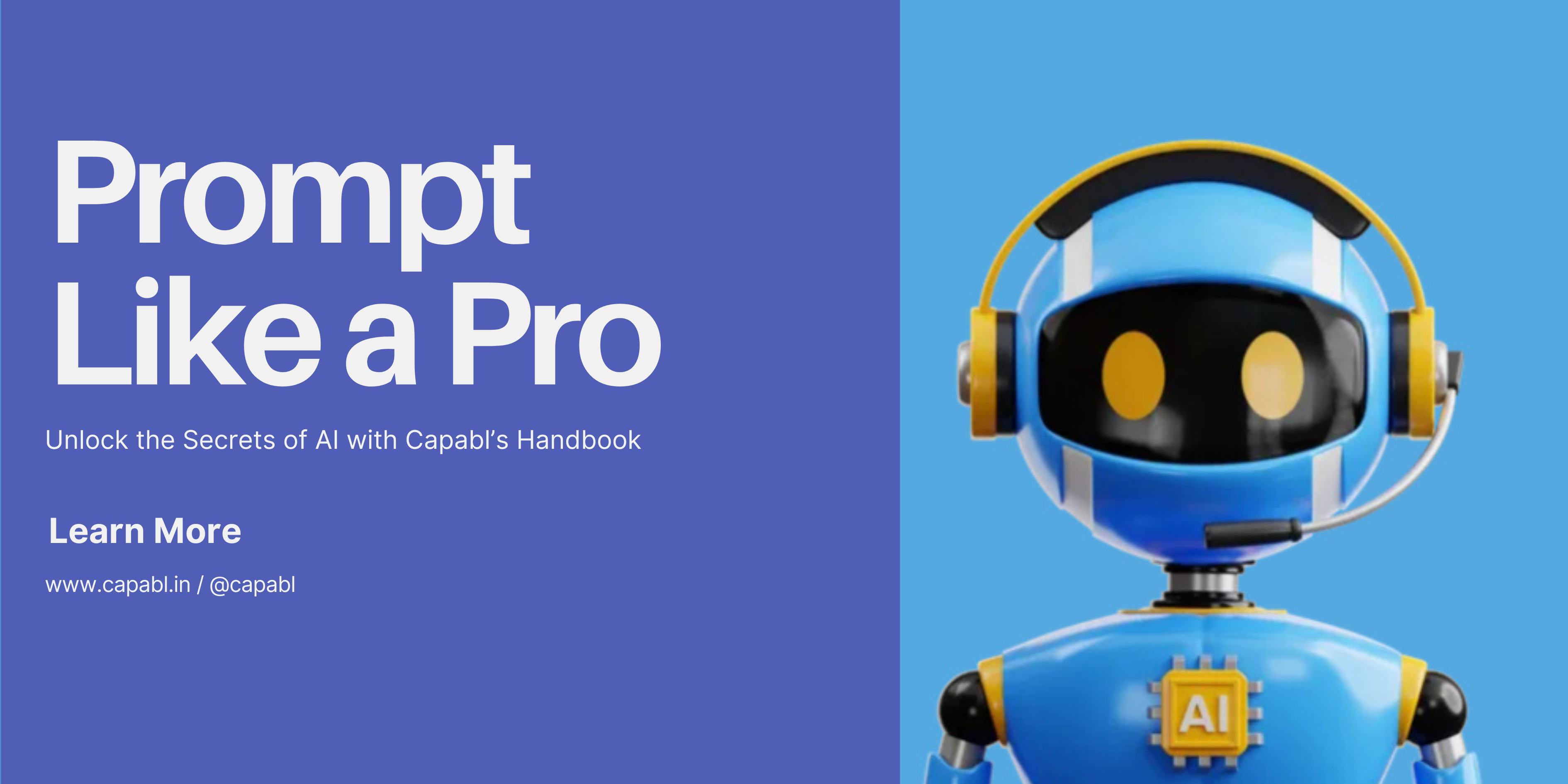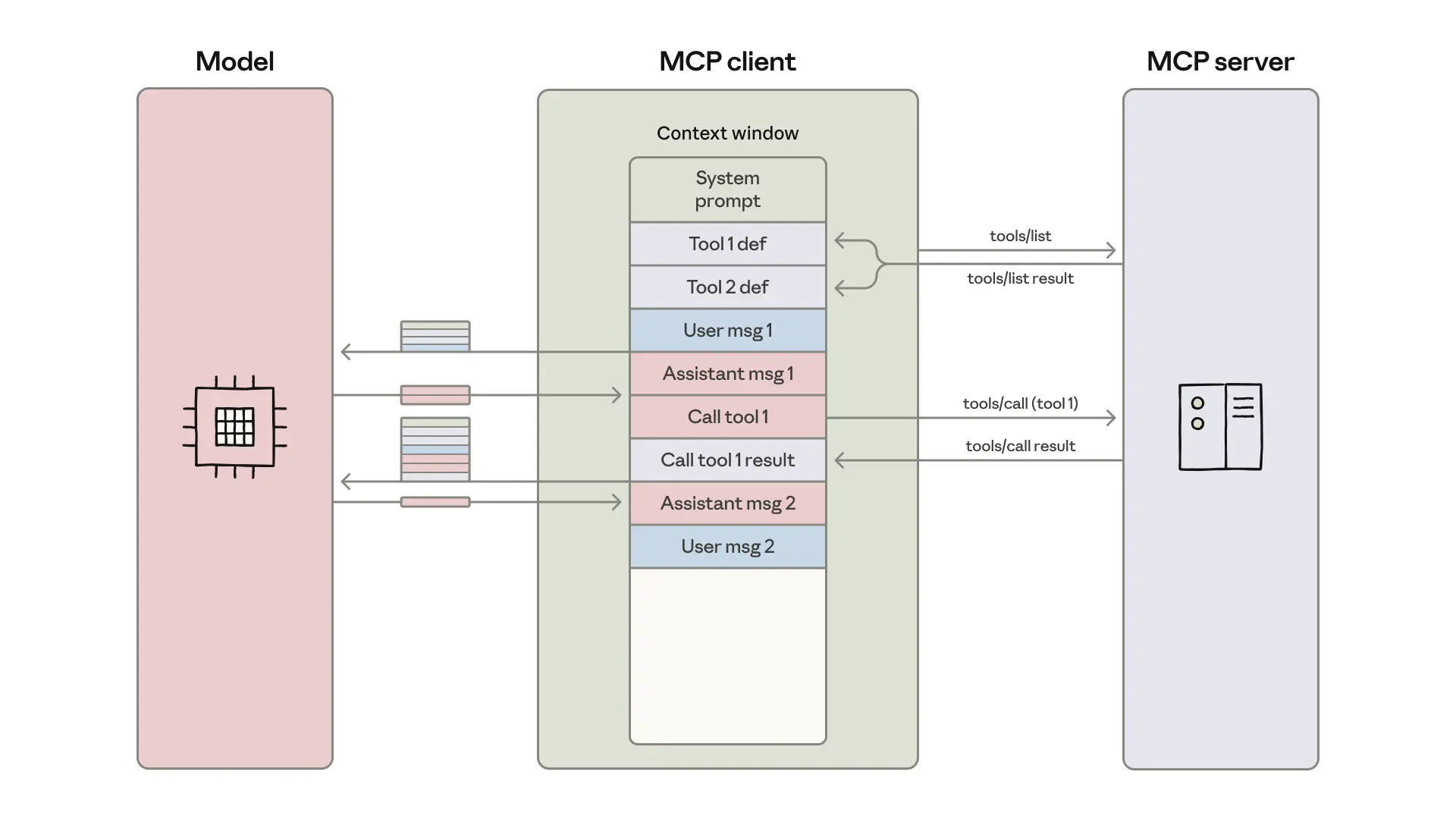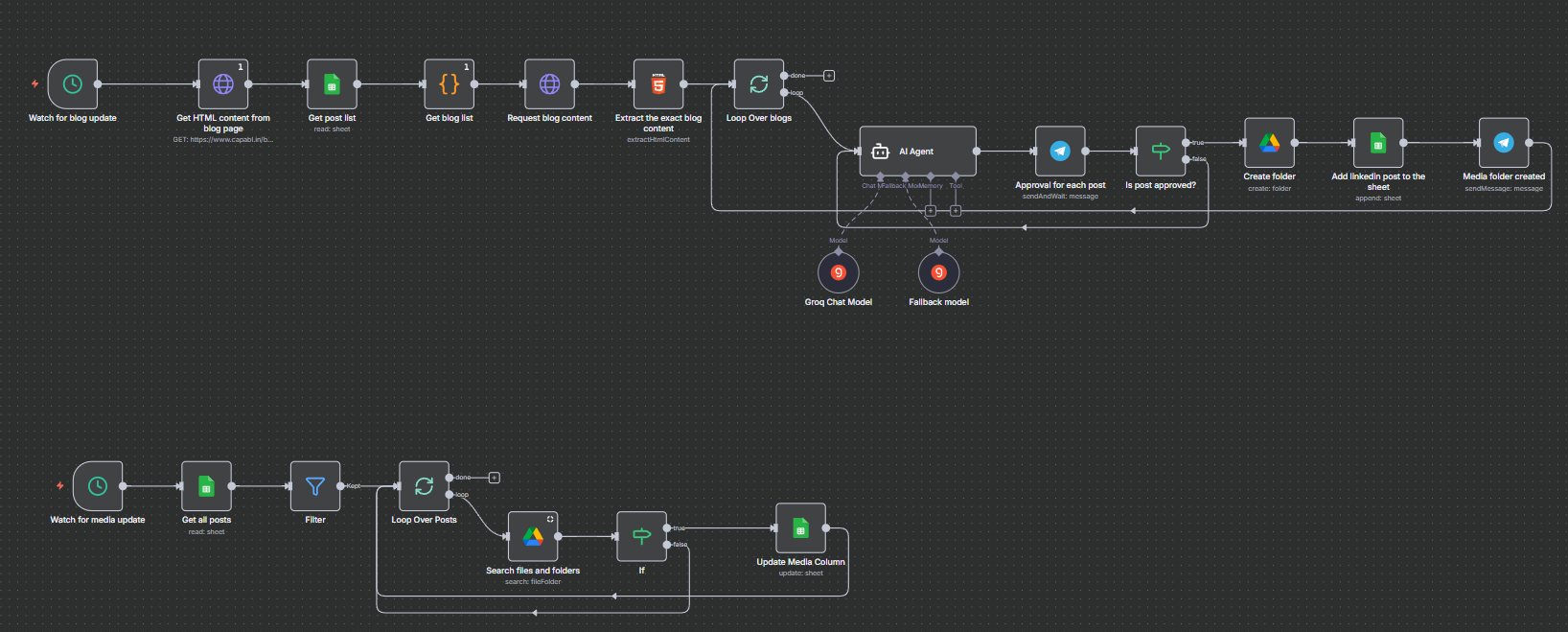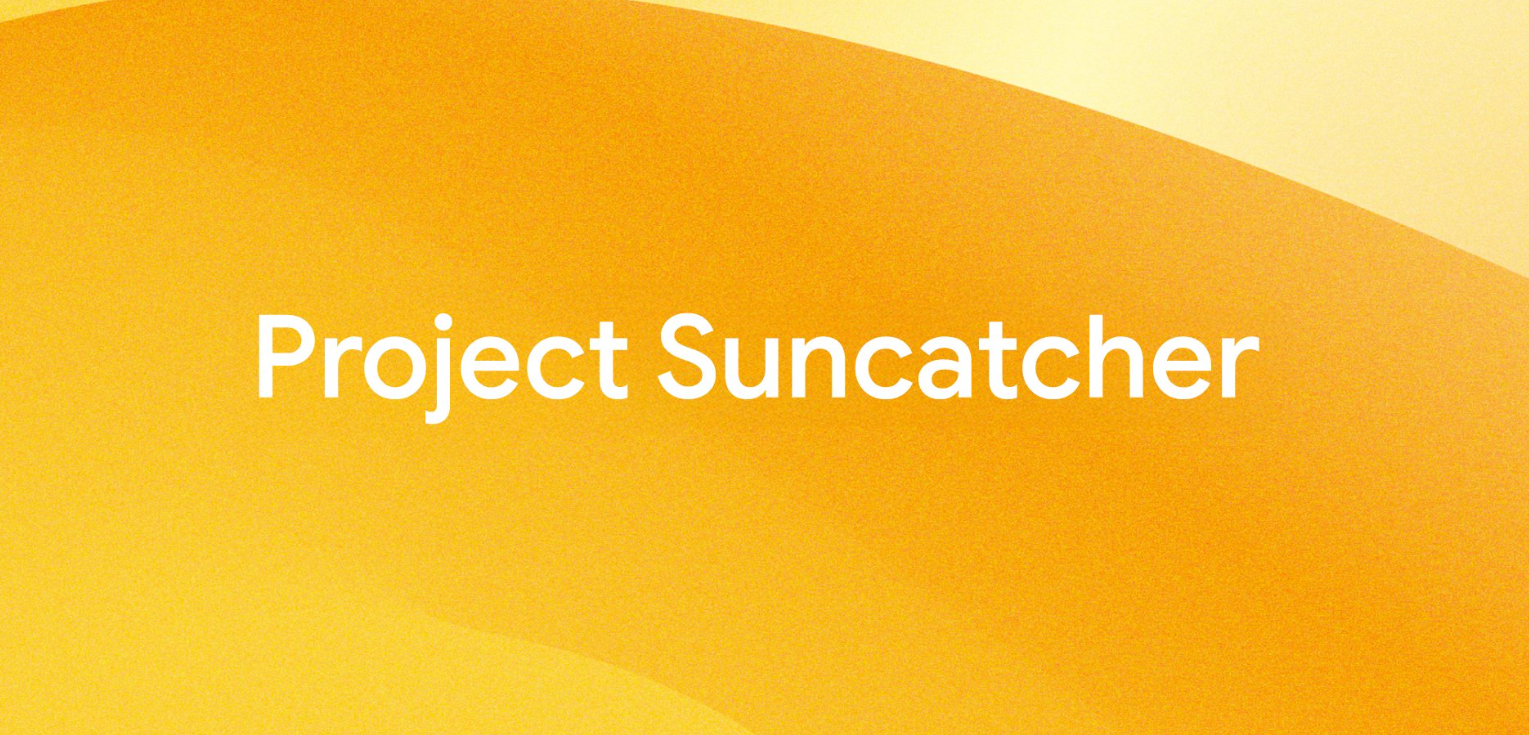
Introduction to Prompt Engineering
Prompt engineering sounds fancy, doesn’t it? Like something only Silicon Valley geniuses discuss while sipping oat milk lattes. But here’s the truth: it’s not just for AI nerds. It’s for anyone who’s ever typed something into ChatGPT, Claude, Bard, or any AI model and thought, “Hmm… that’s not exactly what I meant.”
At its core, prompt engineering is the craft of designing inputs (prompts) in a way that guides AI to deliver accurate, useful, and high-quality outputs. Think of it like giving directions to a taxi driver: if you simply say, “Take me somewhere nice,” you’ll end up who knows where—maybe at a decent café, or maybe in the middle of a traffic jam. But if you clearly specify “Take me to the Blue Tokai café near MG Road with good WiFi,” you’ll land exactly where you wanted.
Now, why does this matter? Well, generative AI has seeped into nearly every domain—education, healthcare, marketing, software development, you name it. And while AI models are powerful, they’re also literal-minded. A vague prompt equals a vague answer. A clear, structured prompt equals a clear, structured output.
Importance of Prompt Engineering:
- Maximizes AI potential: It helps squeeze the best out of AI models, ensuring you get not just answers, but the right answers.
- Boosts productivity: Instead of spending hours rewriting prompts, you learn how to “speak AI” fluently.
- Reduces frustration: No more awkward AI responses that leave you scratching your head.
- Applicable across industries: From startups drafting pitches to researchers analyzing data, prompt engineering is the secret sauce.
Let’s put it this way: AI is the car, but prompts are the GPS. Without prompt engineering, you’re just driving around aimlessly, burning fuel (or GPU cycles, in this case). With prompt engineering, you’re cruising straight to your destination, maybe with a pit stop for snacks.
So buckle up—we’re about to dive deep into Capabl’s Prompt Engineering Handbook and uncover how to make AI your smartest teammate instead of your most confusing one.
Core Techniques of Prompt Engineering
If prompt engineering were a recipe, the techniques are the spices—you need the right mix for flavor. Capabl’s handbook (and AI researchers worldwide) have broken it down into several core strategies that make prompts work like magic. Let’s unpack them one by one.
Zero-shot prompting
Imagine walking into a bakery and saying, “Explain sourdough in 100 words.” That’s zero-shot prompting—you’re giving the AI direct instructions without providing examples. It’s great for quick tasks like definitions, summaries, or brainstorming ideas.
Example:
Prompt: “Summarize the history of Instagram in 3 bullet points.”
AI Output: Straightforward, factual, and to the point.
It works best when the task is simple and the AI already has broad knowledge. But if you’re vague—like asking, “Tell me about Instagram”—you might get a Wikipedia-style info dump. Not bad, but not always useful.
One-shot/Few-shot prompting
Sometimes AI needs training wheels. That’s where one-shot and few-shot prompting come in. You give it one or a few examples of how you want the output structured.
Example:
Prompt:
- Input: “Write a haiku about coffee.”
- Output: “Dark morning silence / Steam rises from porcelain / Energy awakens.”
- Now, write a haiku about AI.
The AI learns the pattern from your example and delivers something similar in style. This is especially powerful when you want consistency across multiple outputs, like generating customer support replies, coding snippets, or even poetry.
Chain-of-Thought (CoT) prompting
Ever been impressed when someone explains their thinking step by step? That’s what Chain-of-Thought prompting does for AI. You instruct it to “think out loud” and reason before delivering the final answer.
Example:
Prompt: “Solve this math problem step by step: A train leaves station A at 10 am traveling 60 km/h…”
The AI won’t just spit out the answer—it’ll show the reasoning, making it more accurate and transparent. This is gold for complex problem-solving, coding, or logical reasoning tasks.
Role-based & Context prompting
This one’s my favorite because it feels like giving AI a costume and a backstory. Instead of saying, “Write an email,” you say, “You’re a seasoned marketing manager writing to a client about a campaign.”
When you give AI a role, it adapts tone, style, and expertise. Pair it with context (like product details or the audience type), and you’ll get outputs that feel eerily human.
Example:
Prompt: “You are a travel agent specializing in European vacations. Write a 3-day itinerary for Rome for a family with two kids under 10.”
See the difference? AI suddenly sounds like an expert in the field.
👉 These core techniques are like your AI Swiss army knife—different tools for different situations. The trick is knowing which one to pull out when.
Structuring Effective Prompts (Master Prompt Design)
Here’s where we get to the fun part: building master prompts. Think of these as the blueprint of a skyscraper. If the foundation (your prompt) is shaky, the whole building (the AI output) wobbles.
Capabl’s Handbook suggests including these key components in a well-structured prompt:
- Role: Who should AI pretend to be?
- Task Goal: What’s the job? Summarize, explain, create, analyze?
- Context: Background info (audience, domain, purpose).
- Assumptions: What AI should already know or ignore.
- Examples: Samples to set tone and format.
- Chain-of-Thought: Ask AI to reason step by step.
- Constraints: Word limits, tone of voice, or “don’t mention XYZ.”
- Quality Standards: Specify output requirements (SEO-friendly, bullet points, tables).
Benefits of Master Prompts:
- Produces reliable outputs every time.
- Makes AI scalable for complex tasks like writing blogs (like this one!), drafting legal docs, or coding.
- Reduces back-and-forth iterations—you save time and sanity.
Example Master Prompt:
“You’re a senior HR professional writing a LinkedIn post. Task: Announce a new remote work policy. Context: Employees are worried about losing work-life balance. Use empathetic yet professional tone. Include bullet points for key changes. Length: 200 words. Avoid corporate jargon. End with an encouraging note.”
Boom. That’s how you turn an AI from a generalist into your personal specialist.
Practical Tips for Prompting
Now that we’ve got the core techniques down, let’s talk about the “street smarts” of prompt engineering—the practical hacks that make your AI sessions smooth and frustration-free. Because let’s be real, nobody wants to spend their entire evening fighting with ChatGPT like it’s a stubborn printer.
Here are the golden rules (and some real-life lessons) you’ll want to tattoo on your brain if you want to get the best out of AI:
1. Use multi-turn dialogues
One of the biggest mistakes people make is treating AI like a vending machine: insert prompt, get snack. But AI is more like a conversation partner—it thrives on dialogue.
- Start broad, then narrow down. For example, if you want a marketing plan, don’t just type “Write me a marketing plan.” Instead:
- “Suggest five strategies to market a fitness app to Gen Z.”
- “Great. Expand on strategy #3 with step-by-step actions.”
- “Now, draft a 30-day content calendar for that strategy.”
See how the AI becomes your brainstorming buddy rather than your intern who quit on day one?
2. Use negative prompting
Sometimes, you need to tell AI not just what to include but also what to leave out. That’s negative prompting—basically saying, “Yes, but please don’t embarrass me in the process.”
Example:
Prompt: “Write a LinkedIn post about teamwork. Keep it professional, under 150 words, and do not use clichés like ‘Teamwork makes the dream work.’”
AI will focus on fresh, original takes instead of regurgitating corporate posters from 1998.
3. Avoid jargon and unclear instructions
AI isn’t impressed by big words. In fact, jargon often makes prompts more confusing. Be as clear and simple as possible. Pretend you’re explaining it to your grandma (but, like, a tech-savvy grandma who uses Instagram Reels).
Bad Prompt: “Expound upon the fiscal ramifications of diminished liquidity within emergent markets.”
Good Prompt: “Explain how reduced cash flow affects new businesses, using simple language and examples.”
The second one gets you something usable, instead of a Wall Street Journal article that makes you yawn halfway through.
4. Iterative refinement
Don’t expect perfection on the first try. Prompt engineering is like dating—you refine as you go. Ask for revisions, reframe instructions, and push AI toward your vision.
Pro tip: Always ask AI to “explain its answer” or “show step-by-step reasoning”. This helps you understand where it’s going right—or wrong.
👉 Bottom line: treat prompting like a conversation, set boundaries with negative prompts, keep things clear, and don’t be afraid to iterate. Do this, and AI will stop feeling like a stubborn parrot and start acting like a thoughtful partner.
Advanced Prompting Strategies
Okay, so you’ve mastered the basics. You know how to play around with zero-shot, few-shot, and chain-of-thought prompting. But what if you want to level up? This is where the advanced techniques kick in—perfect for those complex, high-stakes scenarios where you need AI to be not just helpful but brilliant.
1. Context amplification
Sometimes AI gets distracted (like a toddler in a candy store). You can keep it focused by repeating or amplifying context throughout your prompts.
Example:
Instead of: “Write a business plan for a café.”
Try: “You are a business consultant. Write a detailed business plan for a café targeting health-conscious millennials in Bangalore. Keep the focus on eco-friendly practices, affordable pricing, and Instagram-worthy interiors.”
Notice how the repeated context (eco-friendly, health-conscious, Instagram-worthy) acts like a leash, keeping the AI from wandering into irrelevant territory.
2. Iterative prompting
This is all about breaking down big problems into smaller ones. Don’t ask AI to “Write a 10,000-word thesis.” That’s like asking a toddler to cook Thanksgiving dinner. Instead, decompose the problem:
- Ask for an outline.
- Flesh out each section.
- Merge the pieces together.
This not only makes the output more structured but also saves you from wading through an AI-generated mess that looks like a high school essay written at 3 a.m.
3. Meta-prompting
Here’s where things get meta (literally). Meta-prompts are prompts about prompts. You’re asking the AI to generate instructions for itself.
Example:
Prompt: “Generate the best possible prompt for creating an SEO blog post about sustainable fashion, and then execute that prompt.”
It’s like telling AI, “Write the exam paper and then solve it too.” Brilliant, right?
4. Multi-task prompts
Why stop at one job? Advanced prompting allows you to handle multiple related tasks in a single session. For instance:
“You’re a social media strategist. Create a content calendar for October, draft captions for Instagram, and suggest hashtags. Ensure all align with the brand’s eco-friendly values.”
The AI will juggle all these tasks as long as you keep context tight.
👉 These advanced techniques are like shifting from manual driving to autopilot—you still control the destination, but AI handles the heavy lifting.
Real-World Business Impact
Now, let’s get down to why all this matters in the real world. Sure, prompt engineering makes AI smarter. But what does it mean for businesses, professionals, and industries? Spoiler alert: it means a lot.
1. Marketing & Content Creation
Businesses can generate SEO blogs, ad copies, and social posts in minutes. Prompt engineering ensures the tone matches brand voice and avoids generic fluff. Imagine cutting weeks of copywriting cycles down to hours.
2. Customer Service
With role-based prompting, AI can act as a polite, empathetic support agent. Add negative prompting (“don’t sound robotic”) and suddenly your chatbot feels like an actual human who cares.
3. Education & Training
Teachers can design lesson plans, quizzes, and study material tailored to student needs. Instead of generic outputs, well-crafted prompts ensure accurate and grade-appropriate content.
4. Healthcare & Research
Doctors can use structured prompts to summarize patient data or generate simplified explanations for patients. Researchers can break down complex topics into bite-sized, digestible summaries.
5. Startups & Entrepreneurs
Prompt engineering gives small teams access to “virtual experts.” Want a financial analyst? Prompt AI into acting like one. Need a brand strategist? Done. It’s like having an army of consultants on standby—minus the hourly fees.
👉 The bottom line: prompt engineering is a business multiplier. It doesn’t just save time—it unlocks productivity, creativity, and precision in ways that were unimaginable just a few years ago.
Download Capabl’s Prompt Engineering Handbook (Free PDF)
Want to take all these insights with you, neatly packaged in one place? We’ve got you covered.
👉 Download the Complete Prompt Engineering Handbook Here
This free resource includes:
- Step-by-step techniques like Zero-Shot, Few-Shot, and Chain-of-Thought prompting
- Real-world examples for businesses, startups, and creators
- Advanced strategies like Meta-Prompting and Context Amplification
- Practical checklists to help you design effective prompts every single time
Whether you’re a student, marketer, entrepreneur, or just a curious AI enthusiast, this handbook is your go-to guide for mastering the art of AI conversations in 2025.
Conclusion
Prompt engineering isn’t just a technical skill—it’s a new literacy in the age of AI. Knowing how to craft the right words turns you from a casual user into a power player. With Capabl’s Prompt Engineering Handbook as your guide, you’ve now got the map, the compass, and the flashlight to navigate the AI jungle.
So the next time you’re typing into ChatGPT or any other AI model, remember: you’re not just asking questions—you’re giving it a stage, a script, and a role. And the better you are at directing, the better the performance you’ll get.
Final thought? Don’t be afraid to experiment. Prompt engineering is part science, part art, and part “throw stuff at the wall until it sticks.” With practice, you’ll stop getting weird AI outputs like “Cats are excellent accountants” (yes, that happens) and start getting exactly what you need.
FAQs
1. What is the biggest mistake beginners make in prompt engineering?
The biggest mistake is being too vague. Prompts like “Tell me about AI” lead to generic, unhelpful outputs. Always add context, specify format, and guide AI with roles and examples.
2. How can prompt engineering help my business?
It can streamline marketing, customer support, research, and content creation. With precise prompts, AI becomes a productivity tool that saves time, reduces costs, and delivers consistent quality.
3. Do I need coding skills to master prompt engineering?
Nope! Prompt engineering is more about communication than code. If you can explain your needs clearly, you can engineer prompts. Coding may help in automation, but it’s not required.
4. Can AI eventually learn to prompt itself?
Yes—this is already happening with meta-prompting. But human creativity, context, and judgment will always be necessary to fine-tune results. Think of AI as your co-pilot, not your replacement.
Inspire Others – Share Now
Table of Contents
1.1 Understanding Prompt Engineering
1.2 Why Prompt Engineering Matters in the Modern AI Landscape
2.1 Maximizing AI Output Quality
2.2 Enhancing Productivity and Reducing Iteration Cycles
2.3 Cross-Industry Applications and Relevance
3.1 Zero-Shot Prompting
3.2 One-Shot and Few-Shot Prompting
3.3 Chain-of-Thought (CoT) Prompting
3.4 Role-Based and Contextual Prompting
4.1 Defining Roles and Task Objectives
4.2 Contextual Inputs and Assumptions
4.3 Using Examples and Reasoning Patterns
4.4 Constraints, Quality Standards, and Output Control
5.1 Multi-Turn Dialogue Approach
5.2 Negative Prompting
5.3 Clarity Over Jargon
5.4 Iterative Refinement
6.1 Context Amplification
6.2 Iterative Task Decomposition
6.3 Meta-Prompting
6.4 Multi-Task Prompting
7.1 Marketing and Content Development
7.2 Customer Support Automation
7.3 Education and Learning Enhancement
7.4 Healthcare and Research Support
7.5 Empowering Startups and Entrepreneurs
8.1 Resource Overview
8.2 What You Will Learn
9.1 AI as a Collaborative Partner
9.2 The Role of Experimentation and Iteration
10.1 Common Beginner Errors
10.2 Business Benefits
10.3 Technical Requirements for Prompt Engineering
10.4 Future of AI Self-Prompting







